
Let’s See How Diamonds Are Rare! And How It Becomes Rarer!
love is most beautiful feeling on earth, diamonds is most beautiful gift by nature
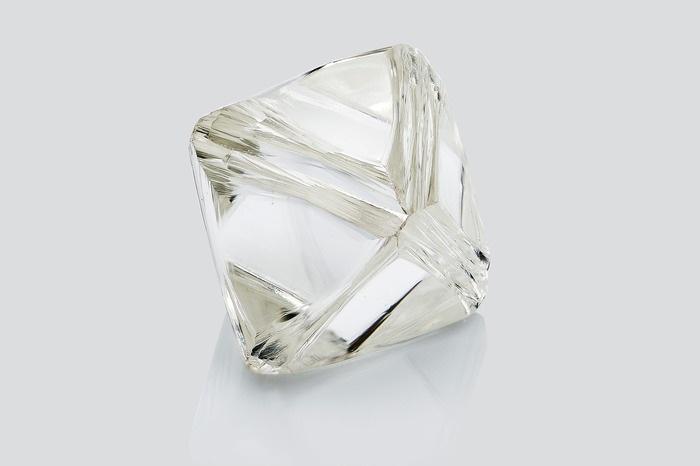
Diamond has the highest hardness and thermal conductivity of any natural material
What Is A Diamond ?
Diamond has the highest hardness and thermal conductivity of any natural material.
A diamond is a solid form of carbon structure in which atoms are arranged in a crystal structure called a diamond cubic. Diamond has the highest hardness and thermal conductivity of any natural material.
Most natural diamonds are aged between 1 billion and 3.5 billion years. Most were formed in the Earth’s mantle at depths between 150 and 250 kilometers (93 and 155 mi), although some have come from depths of 800 kilometers (500 mi)
Under high pressure and temperature, carbon-containing liquids dissolved the minerals and replaced them with diamonds. Very recently (from one million to hundreds of millions of years ago), they were taken to the surface in volcanic eruptions and deposited in igneous rocks, known as kimberlites and lamprites.
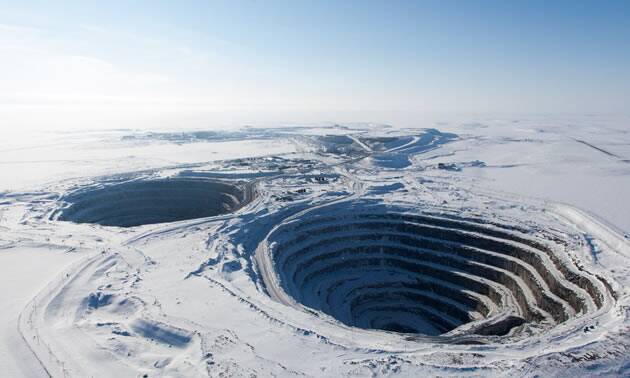
The process of diamond creation begins 100 miles underground where tremendous heat and pressure crystallize carbon into rough diamonds
How Are Diamonds Recovered
Diamonds then reach the surface through a specific kind of volcanic eruption, called a kimberlite eruption. The last such eruption is said to have occurred over 100 million years ago.Geologists sometime use termites to find kimberlite pipes, since in building their mounds termites sometimes dig up rocks and minerals that reveal that there could be diamonds below
To reach diamonds at the bottom of kimberlite pipes rocks are blasted and pit-mining begins.Pit-mining is the most common way to recover diamonds. In pit mining, heavy machinery, hydraulic shovels, and trucks are used to mine diamonds from the depths of kimberlite pipes.Open-pit mining is only used when diamonds are near the surface or covered by a thin layer of sand and gravel.Underground mining is the most complex form of diamond mining. And the method of underground mining used depends on the “nature, shape and size of the kimberlite deposit”
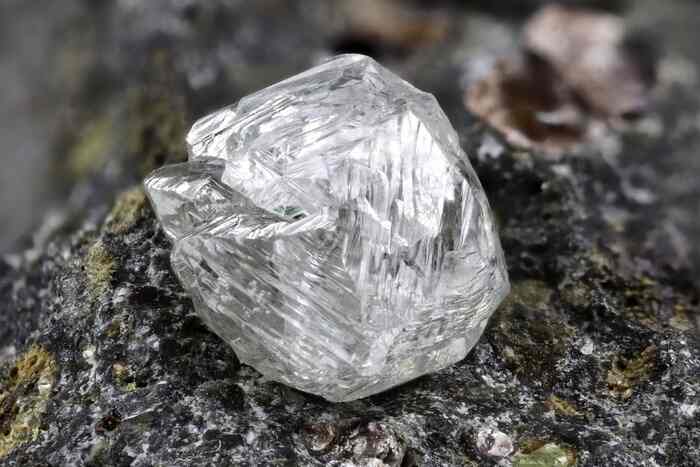
A Diamond’s Journey
1. DIAMOND FORMATION
Diamonds were formed deep in the earth under intense heat and pressure one to three billion years ago. Diamonds were carried to the earth’s surface in lava from volcanic eruptions that occur three times deeper than most volcanoes, forming kimberlite pipes
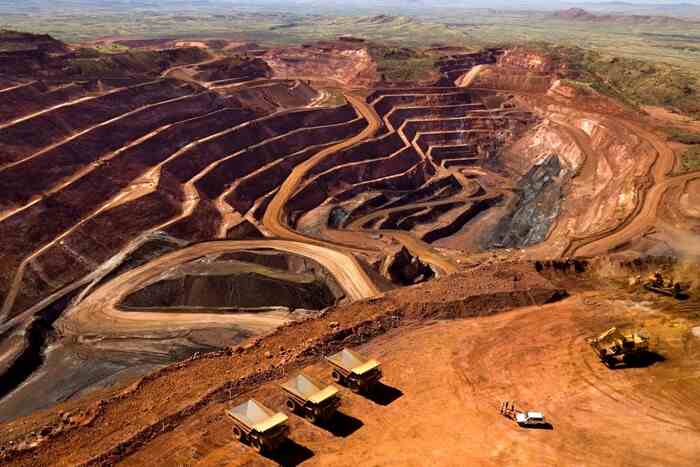
A Diamond’s Journey
2. DIAMOND EXPLORATION
Kimberlites are found in some of the most remote places on earth. When geologists locate kimberlite, it’s an indicator that diamonds may be present. The number and quality of diamonds that are present in a kimberlite are confirmed by collecting samples
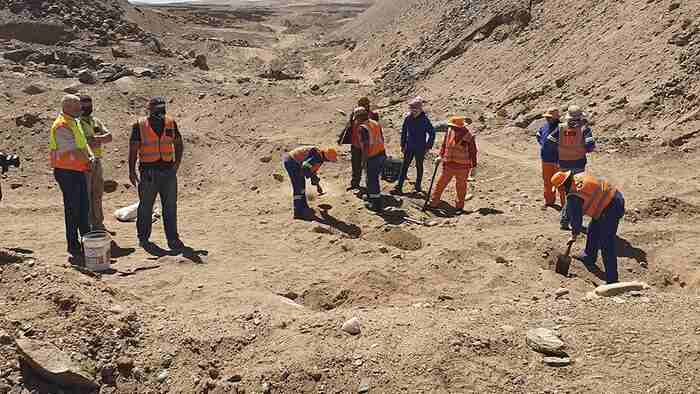
A Diamond’s Journey
3. PERMITTING AND CONSTRUCTION
Before mining begins, cultural, socio-economic, and environmental surveys and consultations are carried out to assess potential impacts of future mining operations and propose mitigation plans and remedies. Once all consultations have taken place and permits have been obtained, substantial investment of resources is required over several years to bring a mine into production. The journey from discovery to production typically extends over 10 to 15 years
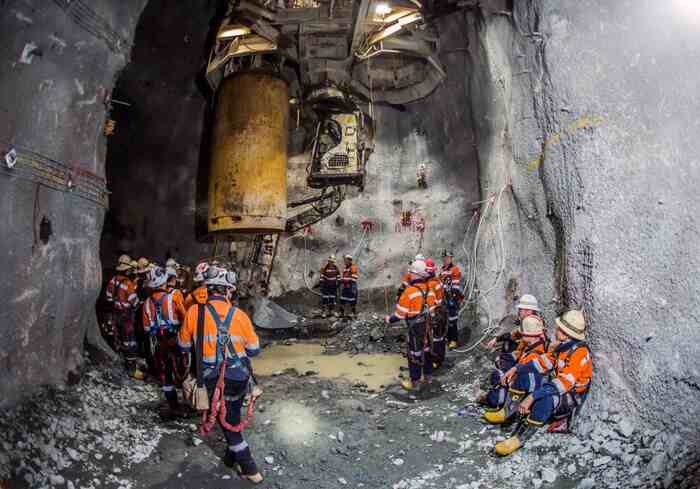
A Diamond’s Journey
4. DIAMOND MINING
Mining takes place above and/or below ground (open pit mining and underground mining). Rock that does not contain diamonds is separated from kimberlite, which is transported to the ore processing facility. The area affected by mining is minimized and reclaimed once mining is complete
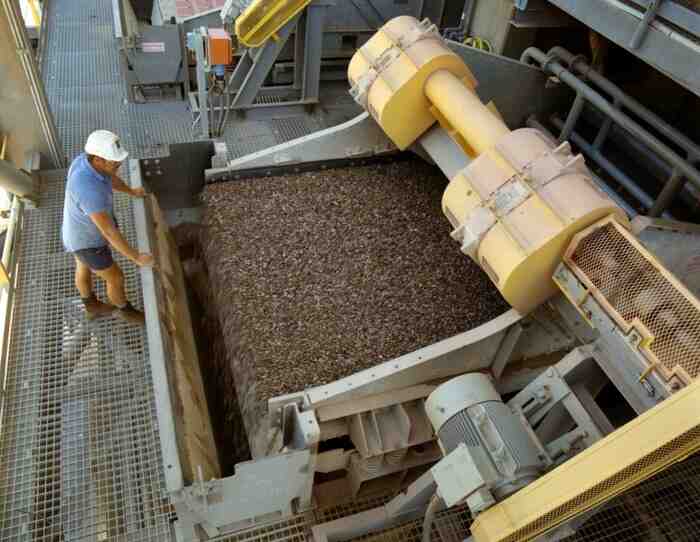
A Diamond’s Journey
5. DIAMONDS PROCESSING
Kimberlite is crushed into smaller pieces and mixed with water. X-rays locate diamonds in the mixture; diamonds are then extracted using a puff of compressed air. The remaining mixture of water and kimberlite is placed in storage facilities and these areas are reclaimed once mining is complete. Rough diamonds are collected and sent to sorting, cutting and polishing facilities. The diamond recovery process uses no chemicals and relies entirely on the diamonds’ physical properties: high density, fluorescence and hydrophobic surface
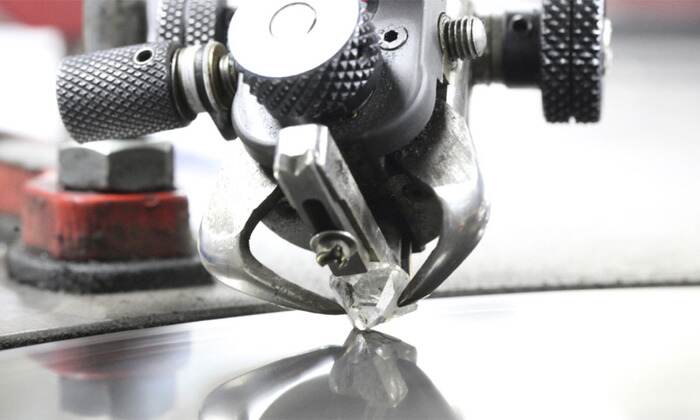
A Diamond’s Journey
6. DIAMOND CUTTING & POLISHING
Each rough diamond is assessed for size, color, clarity and model and sorted into consistent diamond assortments then sold to diamantaires. Diamantaires cut and polish rough diamonds to bring out their individual beauty and maximize their market value. Most diamonds today are cut and polished in the State of Gujarat in India, while Antwerp Tel-Aviv and New York continue to be home to exceptional craftsmanship.
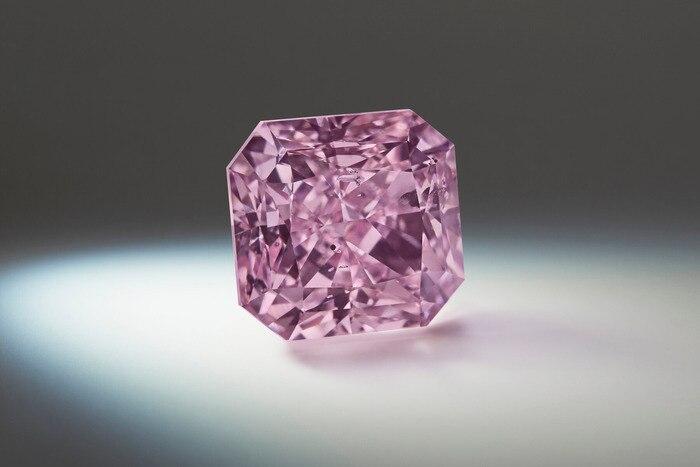
Let's Completing the journey
7. Polished diamonds are crafted into jewelry
The diamond becomes part of a design that tells your story and continues its billion year old journey with you.
